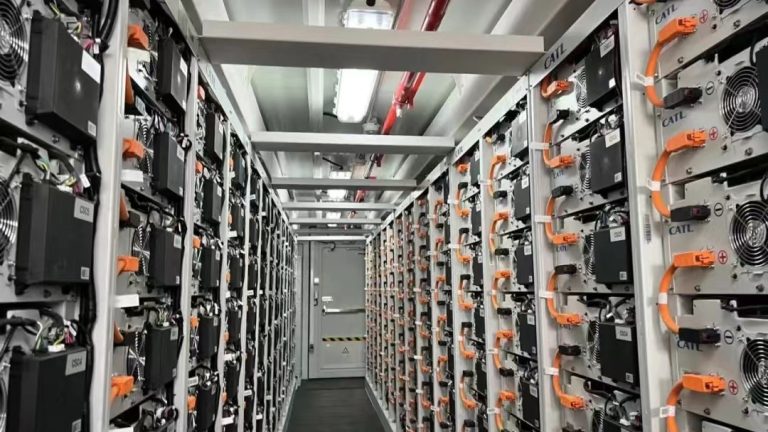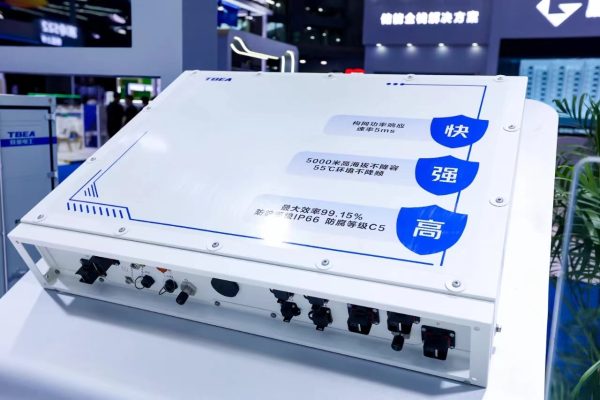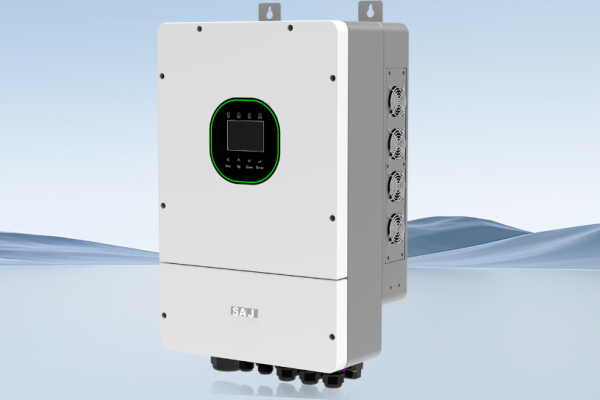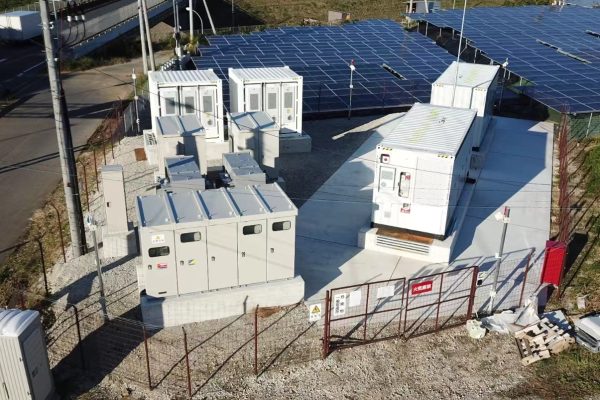As more commercial and industrial facilities move toward cleaner and smarter energy usage, integrating solar photovoltaic (PV) systems with energy storage (ESS) has become a winning strategy. However, upgrading an existing building, factory, or grid connection with new PV-storage equipment is not always straightforward.
This article explains the top engineering, safety, and operational challenges faced when adding PV-storage systems to existing infrastructure — and how to solve them.
1. Electrical Capacity Limitations
Many existing buildings were originally designed without rooftop solar or battery loads.
Common issues include:
- Undersized main switchboards
- Limited breaker space
- Low short-circuit current tolerance
- Restricted transformer capacity
⚠️ If PV injection exceeds the building’s designed load, overcurrent and voltage rise may occur.
Recommendations:
✅ Conduct a pre-installation load analysis
✅ Add distribution board upgrades if required
✅ Consider export limiting with a smart EMS
2. Load Profile Mismatch
PV generation is highest during the day
But industrial loads may peak:
- Early morning at startup
- Evening or night shifts
- During high-power equipment cycles
Without storage, excess PV is wasted.
Solution:
- Add battery capacity sized to load curve
- Implement peak shaving and load shifting strategies
- Use EMS with predictive optimization based on demand and weather
3. Three-Phase vs. Single-Phase Incompatibility
Older buildings — especially residential or small commercial — may only have single-phase electrical service.
Challenges:
- Many hybrid inverters require three-phase
- Load imbalance may cause voltage distortion
Possible upgrades:
- Convert to three-phase service (utility approval required)
- Deploy multiple single-phase inverters across phases
- Add phase balancing in EMS
4. Roof and Structure Constraints
PV systems require strong mounting structures.
Older buildings may have:
- Weak roofing materials
- Water leakage concerns
- Limited surface area or shading from equipment
What to do:
- Conduct roof integrity inspection
- Use Ballasted or non-penetrative mounting solutions
- Consider carport or ground-mounted PV if rooftop is not suitable
- Optimize orientation with high-efficiency modules
5. Safety Compliance and Codes
Upgrading infrastructure triggers modern safety requirements:
- Rapid shutdown equipment for rooftop PV (in some regions)
- ESS fire compliance such as UL9540A / NFPA 855
- Arc-fault protection for PV strings
- Proper isolation and disconnects for emergency response
✅ Compliance ensures approval from regulators and insurers.
6. Communication and Control System Complexity
Legacy systems often lack digital controls, while ESS requires robust communication:
- PCS ↔ BMS ↔ EMS interoperability
- Protocols: RS485, CAN, Modbus TCP/IP
- Cybersecurity protection for networked devices
Fix:
- Select systems with open protocols
- Ensure manufacturer-verified compatibility
- Implement centralized monitoring software
7. Space Constraints for Batteries and Inverters
Indoor rooms may lack ventilation or safety clearance, leading to:
- Heat accumulation
- Difficult maintenance access
- Higher installation costs
Alternatives:
- Outdoor IP54-rated inverter enclosures
- All-in-one ESS cabinets with fire-rated design
- Containerized ESS for higher capacity projects
8. Grid Export Limitations
Utility grid may restrict how much solar can be exported:
- Avoid feeding power that destabilizes local grid
- May require zero-export hybrid mode
- Export compensation may be low or unavailable
Recommended approach:
- Size PV to match self-consumption
- Use ESS to maximize on-site usage
- Request grid interconnection study early in project planning
9. Energy Data Uncertainty
Facilities without smart meters often lack accurate:
- Consumption patterns
- Load peak duration
- Seasonal variation
This leads to wrong system sizing.
✅ Solution: Install temporary data loggers
Collect 30–90 days of data before final design
10. Regulatory Approval Delays
Government and utility review timelines can slow deployment:
- Fire permits for battery rooms
- Structural approval for rooftop PV
- Grid interconnection agreement
Tip: Work with suppliers who can provide:**
✔ Complete documentation package
✔ Standardized system certification
✔ Compliance drawings and calculations
11. Recommended Integration Workflow
| Step | Goal | Tools |
|---|---|---|
| Load & infrastructure audit | Understand system limits | Data loggers, utility bills |
| System design & simulation | Optimize PV + ESS mix | EMS modeling tools |
| Structural & safety review | Ensure safe installation | UL9540A / NFPA 855 standards |
| Utility permissions | Export or zero-export configuration | Interconnection documents |
| Installation & commissioning | Validate onsite performance | EMS test & acceptance |
12. Case Study — Existing Retail Store Upgrade
| Item | Before | After Upgrade |
|---|---|---|
| Load Profile | High evening consumption | Shifted with battery |
| Rooftop | HVAC shading | Re-layout + higher-efficiency PV modules |
| Electricity Bill | High peak demand cost | -35% annual savings |
| System Installed | — | 80 kW PV + 120 kWh LFP ESS + Hybrid PCS |
✅ Payback period: 3.5 years
🌱 CO₂ reduction: 62 tons/year
Integrating PV-storage into existing buildings is a smart and profitable investment, but technical challenges must be carefully addressed.
Key Takeaways:
✅ Validate infrastructure capacity before design
✅ Battery + EMS is essential to solve load mismatch
✅ Structural and safety compliance must not be overlooked
✅ Open communication and interoperability ensure future expansion
✅ Early grid approval prevents costly delays
The most successful PV-storage upgrades pair technical expertise with customized design based on real-world conditions.









